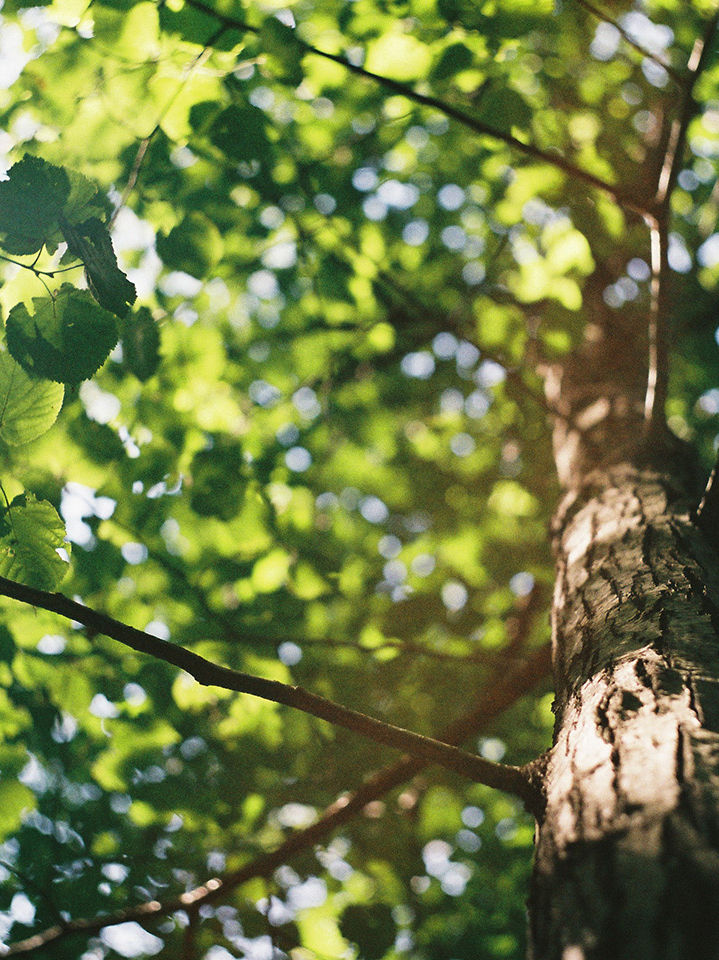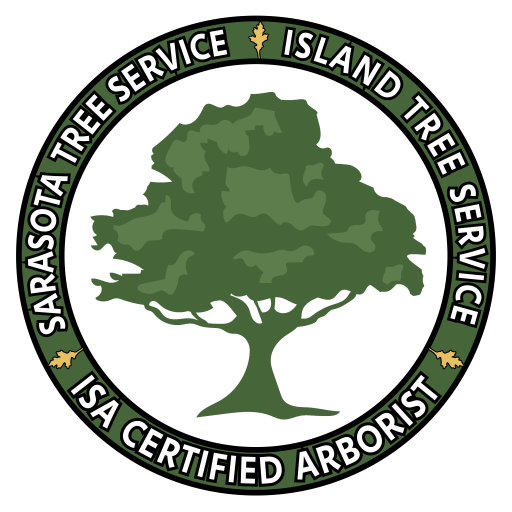Healthy Trees From The Ground Up

Everyone looks up when observing trees. However, you’ll often find arborists looking down! That’s because when it comes to assessing tree health, one of the most critical factors is a healthy root system. Focusing solely on noticeable issues in the canopy, like yellowing leaves, may cause you to miss the culprit responsible for those issues, which is often found below ground.
Common Root and Soil Issues That Effect Healthy Trees
Maintaining healthy trees requires attention to their root systems and the soil they grow in. Here are some common root and soil issues that can affect the health of trees:
1. Soil compaction: Compacted soil restricts root growth and inhibits the movement of water, air, and nutrients. It can lead to poor tree health and reduced stability. Compaction often occurs in areas with heavy foot traffic or construction activity. Aeration or mechanical loosening of the soil can help alleviate compaction.
2. Poor drainage: Trees require well-draining soil to prevent waterlogging of their roots. Excessive water can lead to root rot and other fungal diseases. If the soil retains water for extended periods, it may be necessary to improve drainage by amending the soil with organic matter or installing drainage systems.
3. Soil erosion: Erosion can remove the top layer of soil and expose tree roots, making them susceptible to damage. It is crucial to prevent erosion by using erosion control measures such as mulching, retaining walls, or contouring the land.
4. Nutrient deficiencies: Soil lacking essential nutrients can result in nutrient deficiencies in trees, leading to stunted growth, yellowing leaves, and overall weakened health. Conducting soil tests and applying appropriate fertilizers or organic amendments can help correct nutrient imbalances.
5. Soil pH imbalance: Different tree species have specific pH requirements. Soil that is too acidic or alkaline can interfere with nutrient uptake. Conduct a soil test to determine the pH level, and if necessary, adjust it using lime or sulfur applications to bring it within the appropriate range for the tree species.
6. Root competition: When trees are planted too close together, their root systems can compete for resources such as water and nutrients. This competition can lead to stunted growth and poor health. Proper spacing during planting and regular tree pruning can help alleviate root competition issues.
7. Root damage: Construction activities, digging, or soil excavation near trees can damage their root systems. Root damage can weaken the tree and make it more susceptible to pests, diseases, and environmental stresses. Careful planning and implementation of protective measures during construction or landscaping activities are essential to avoid root damage.
8. Lack of organic matter: Soil lacking organic matter can have poor structure, drainage, and nutrient-holding capacity. Adding organic matter such as compost, leaf litter, or wood chips to the soil can improve its fertility, moisture retention, and overall health
9. Overwatering: Excessive watering can lead to waterlogged soil, suffocating the tree roots and causing root rot. It is important to water trees deeply but infrequently, allowing the soil to dry out between watering sessions.
10.Insufficient watering: On the other hand, insufficient watering can cause drought stress and lead to root dieback. Newly planted trees, in particular, require regular watering until their root systems are established. Watering should be adjusted based on weather conditions and the tree’s specific water needs.
Regular observation, appropriate maintenance, and addressing any root or soil issues promptly can help ensure the long-term health and vitality of trees. Consulting with a certified arborist or tree care professional can provide valuable guidance for managing these issues effectively. Contact Sarasota Tree Service today at (941)484-1958 to set an appointment or visit www.sarasotatreeserv.com for more information.
